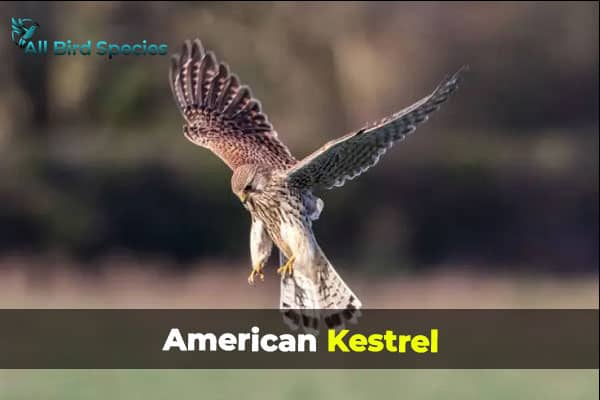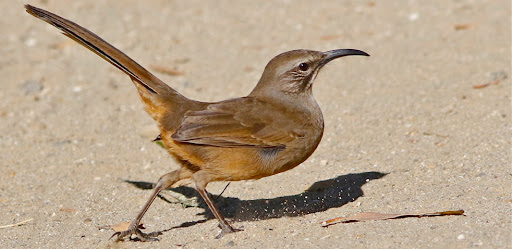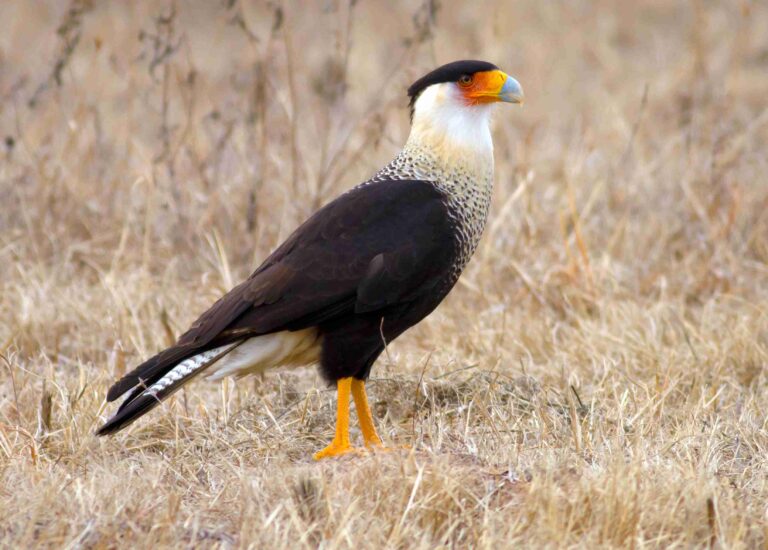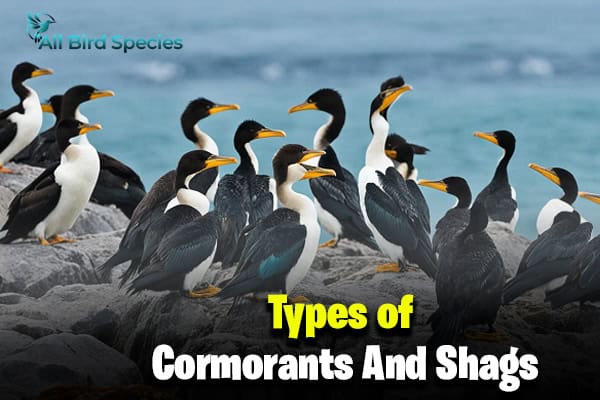3 Falcons in North Carolina (With Pictures)
sIn North Carolina, falcons reign as skilled hunters. They’re part of the Falco family, which includes swift fliers like kestrels and hobbies, not just those named ‘falcon.’ These birds are masters of the sky, often confused with hawks, but they have their own unique flair. My research shows they’re incredibly adaptable, thriving in diverse habitats. They swoop with precision, capturing prey with ease. It’s a sight to behold, the power and grace of these winged wonders.
Furthermore, falcons have long, thin wings that help them chase their food really fast. The Peregrine Falcon is super good at this.
The Peregrine Falcon is not just the fastest bird in the world, but also the fastest animal! It’s an expert flyer and can zoom through the sky at speeds of 300 km/186 mph.
You might be surprised to know that North Carolina has lots of different places where animals live. It’s home to some very special animals, including the last group of Red Wolves that are in danger of disappearing.
Besides this, North Carolina’s birds are pretty cool too. The state has all sorts of places like cities, swamps, and farms that are perfect homes for three kinds of falcons.
Also, this guide will show you each types of falcons in North Carolina and how you can spot them.
1. Peregrine Falcon
The Peregrine Falcon, also known simply as the Peregrine, is a favorite among North America’s birds of prey. This beautiful bird is admired for its speed and agility.
Moreover, the Peregrine Falcons of north carolina is often seen hunting in the soft light of dawn and dusk. But, it can also hunt at night, especially in cities where lights make it easier for this sharp-eyed bird to see.

Plus, these falcons are great to have on farms or other places with lots of rodents.
Besides this, even though the Peregrine Falcon is about the size of a crow, it’s a powerful hunter. It usually eats medium-sized birds, but it will also eat rodents, small reptiles, and sometimes even larger animals, like other falcons.
Also, the Peregrine Falcon is popular in falconry, which is when people keep birds of prey for hunting. When falconers use these birds, they often raise them from babies and then let them go when they’re grown up.
Furthermore, some people think falconry is good for birds like the Peregrine. Since many young birds of prey don’t survive their first year in the wild, falconry might help them learn to hunt and give them a better chance to make it as adults.
2. American Kestrel
- Scientific Name: Falco sparverius
- Size:
- Length: 22 to 31 cm (8.7 to 12.2 inches)
- Wingspan: 51–61 cm (20–24 inches)
- Weight:
- Larger females: 86–165 grams (3.0–5.8 ounces)
- Smaller males: 80–143 grams (2.8–5.0 ounces)
- Lifespan: 5–10 years
- Conservation Status: Least Concern
The American Kestrel is the smallest resident falcon species in North America, yet it’s also the most abundant. These adaptable birds can be found in open fields and various habitats. Despite their small size, they are powerful hunters.

Key Features:
- Coloration: Female kestrels are somewhat duller in color than males, but both sexes have colorful rufous plumage and a blue-gray cap.
- Hunting Style: American Kestrels are ambush predators. Instead of actively searching for prey, they conserve energy by patiently waiting for it to cross their path.
- Diet: These fierce predators feed on a variety of creatures, including grasshoppers, mice, and sparrows. In the Southern United States, they are often called “sparrowhawks.”
- Distinctive Markings: Look for two small black markings on either side of their head, near the nape of their neck. These markings may serve as false eyes, deterring larger predators like the Peregrine Falcon.
3. Merlin Bird
The Merlin Bird is scientifically known as Falco columbarius, is a remarkable bird of prey highly valued for its intelligence and trainability in falconry. It has also been featured in numerous fables.
These falcons of north carolina was once commonly called the pigeon hawk, but its diet is quite varied, ranging from birds like ptarmigans to small amphibians. Despite its potential to take down sizable prey, the Merlin usually weighs no more than an average pigeon.

Interestingly, some birds are known to experience respiratory and cardiac distress merely from encountering a Merlin, even if they are not physically harmed.
Merlins typically form monogamous pairs, but this commitment usually lasts only for a single breeding season, although there are exceptions. Their nests usually contain around 4-5 eggs per clutch. After fledging the nest, young Merlins rely on their parents for up to four weeks, but unfortunately, many do not survive their first year of life.
During challenging years, such as those with low prey availability, the survival rate of Merlins can be so low that only one-third of chicks reach adulthood.
Check Our Previous Articles
| Mousebirds (Family Coliidae) |
| Birds With Orange Beaks |
| Hawks In Georgia |
| What Eats Birds? A Comprehensive Guide |
Frequently Asked Questions
Q1: What falcons are in North Carolina?
- Peregrine Falcons and American Kestrels are common in North Carolina.
Q2: Can I own a falcon in NC?
- Yes, you can own a falcon in North Carolina, but you need a permit and must follow strict regulations.
Q3: What is the difference between a hawk and a falcon?
- Falcons typically have pointed wings and hunt by diving at high speeds, while hawks have broader wings and soar more often.
Q4: What type of hawks live in North Carolina?
- Red-tailed Hawks, Cooper’s Hawks, and Red-shouldered Hawks are among the types of hawks found in North Carolina.







